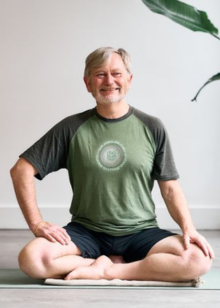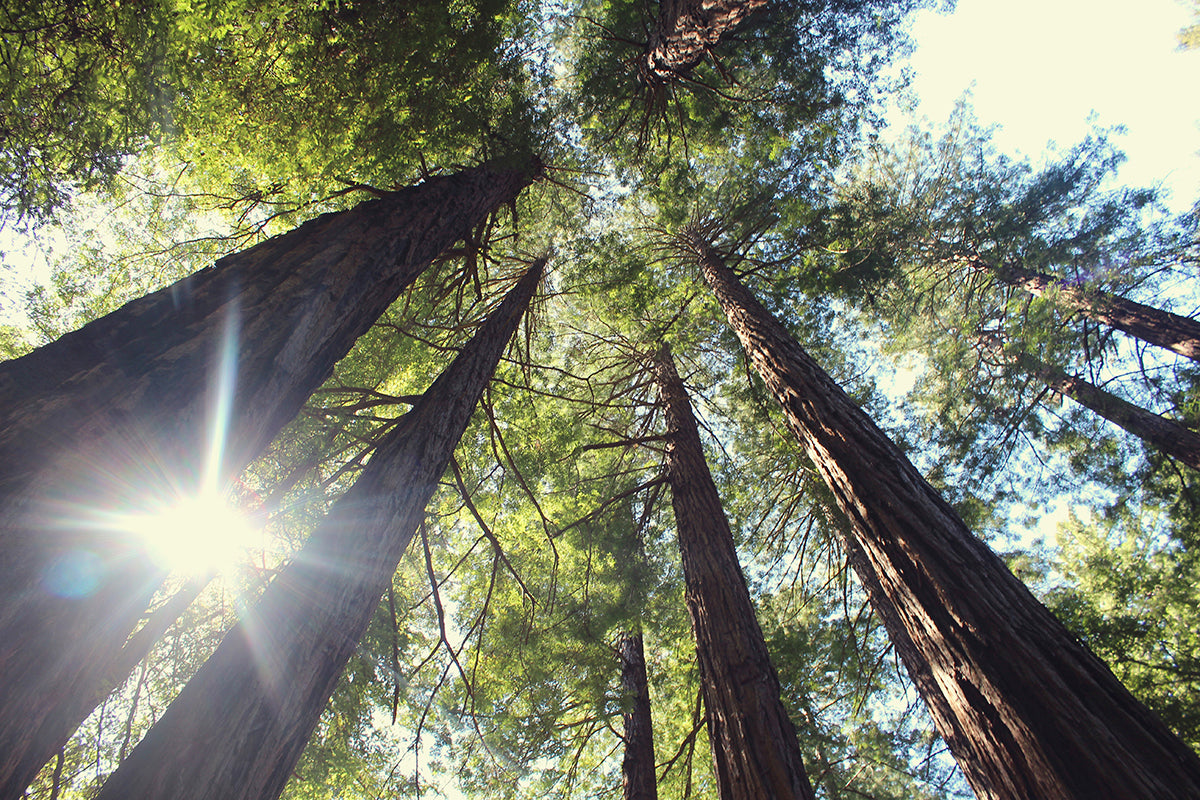The meaning of vrksasana
Whilst standing on the feet may not seem as visually impressive as standing on the hands or head, there’s a benefit to practicing balancing postures like vrksasana or ‘tree pose’ that go beyond the external appearance. Whilst some can hold the posture for eternity, others may find this shape difficult to grasp after years of wearing unforgiving shoes, resulting in immovable toes, weak ankles and a long forgotten core. What we can learn from this asana however, is far removed from how to balance on one leg, and rather about how to approach all of life’s actions, why reconnecting to nature has more benefits than a breath of fresh air, and how this and many other postures have changed meaning, purpose and identity over the course of history.
History of Hatha
Early texts on hatha yoga declare there are 8,400,000 asanas – as many as there were creatures on earth – of which 84 were chosen solely by lord Shiva. The texts publishing these particular postures date back to the seventeenth century, and after this we see an explosion of interest in hatha yoga and the asanas involved. Indeed, hatha yoga is linked to anything to do with the physical body, be that asana, pranayama, mantra, mudra, bandha, kriyas, and even some types of visualisation. When asana evolved from meaning a seat intended only for meditation, postures started to become used for a myriad of intentions; from enhancing digestion, changing consciousness, to showing devotion to a chosen god or deity. Even ‘tree pose’ itself is known as ‘Eka Pada Pranamasana’ or ‘one legged prayer pose’ in the Hatha Yoga Pradipika text – a nod to the physical expression of devotion via an asana.
“It is made clear in many texts that the asana is a prerequisite for meditation and breath-control….[and] they are still often associated with control of the mind”, says James Mallinson in his book Roots of Yoga, which also explains that from the late eighteenth and early nineteenth centuries, ‘firmness of body’ became a primary concern of postures too. Just visualise yourself in tree pose, and you may be able to recognise how focus of mind and firmness of limbs are both required and attained by this posture.
The word Vrksa means ‘a tree’, and though so many of the postures are named after aspects of nature and intended originally for pre-meditative purposes, many may see them now as simply another position within the context of a physical exercise class, far removed from anything to do with nature or meditation at all. What these postures can do however – whether practiced in a traditionally ‘yogic’ setting or not – is to remind us of how connected to nature we really are. Many postures can reintroduce the concept of humans as an interconnected, interdependent part of nature itself.
Reconnecting & Re-Humanising
When was the last time you touched a tree? Walked through a forest, or stopped to gaze in awe at towering trunk and fluttering leaves? If the answer isn’t ‘today’, it may be useful to pass by a tree or two when you next venture outside. Thousands of studies conducted throughout the world show how beneficial it is to be outside in nature, soaking up sunshine and breathing in fresh air. The sights of greenery and natural wood as opposed to soft furnishings and artificial lights are something the body inherently craves, and just the touch of a hand on a branch, or the bare soles of feet in the earth is enough to rebalance the body’s state of being, physically and mentally.
Just as we need trees and plants to feel re-humanised, and in order to breathe and survive on this planet of course – they need us. Life is relationship, and each time we inhale, we breathe in the oxygen given out by trees. Each time we exhale, we breathe carbon dioxide back for them. Even pondering this exchange of breath can help us feel more connected to the world around us. We’re not alone, we’re not completely isolated, we’re always in relationship with everything around us, no matter how obvious it is. Trees, nature, and the Ashoka tree in particular – the name translating as ‘without sorrow’ – is one much respected and revered in Indian culture, where it is said that this type of tree is a symbol of love, greatly adored and worshipped, and also considered the tree the Buddha was born under.
Root & Expand, Adapt & Love
Standing on one leg, foot pressed firmly into thigh and palms together, we’re reminded how literally rooting into the ground is a vital part of staying balanced. Just as the asana shows us how important our physical foundations are, the foundations and roots of life are also what everything else is built upon. How we do one thing is how we do everything….
Observe yourself when you practice this posture – do your toes spread like the roots of a tree, or do they scrunch and stiffen? Does your leg remain strong and sturdy like a trunk, or does it waver and wobble? Are your palms pressing or grasping, are your shoulders lifted around your ears or are they relaxed? Is your mind in the moment or has it already left the room? All of these aspects are about being present, and borrowing some characteristics of trees.
Trees ensure their roots are stable, they secure themselves and are grounded – you might even say their root chakra is particularly strong. From a place of groundedness, trees grow and expand, reaching outward and taking up space. As long as they are grounded, they’re able to extend outward into the world with ease. The most resilient trees that withstand all weathers are those that bend and don’t break. They adapt and move with the winds and various challenges they meet every day. Trees unconditionally love. Whether climbed upon, lived in, chopped or carved into, they still provide life-giving oxygen, a home for birds and animals, and a calming refuge to head to when time looking at a screen becomes all too much, and nature is the best medicine.
The many shapes of trees show us how we can adapt to challenges too. Notice the varieties perfectly suited to their environments; winding around objects in their path, knowing when to bloom delicate flowers and when to let go of old leaves, when to reach upward and when to root down, and though they may not gossip, speak out, send clever emails or witty one-liners on social media, their silent wisdom and ability to just ‘be’ exactly as they are is worth a thousand words (and more then a thousand likes on Instagram ….)














